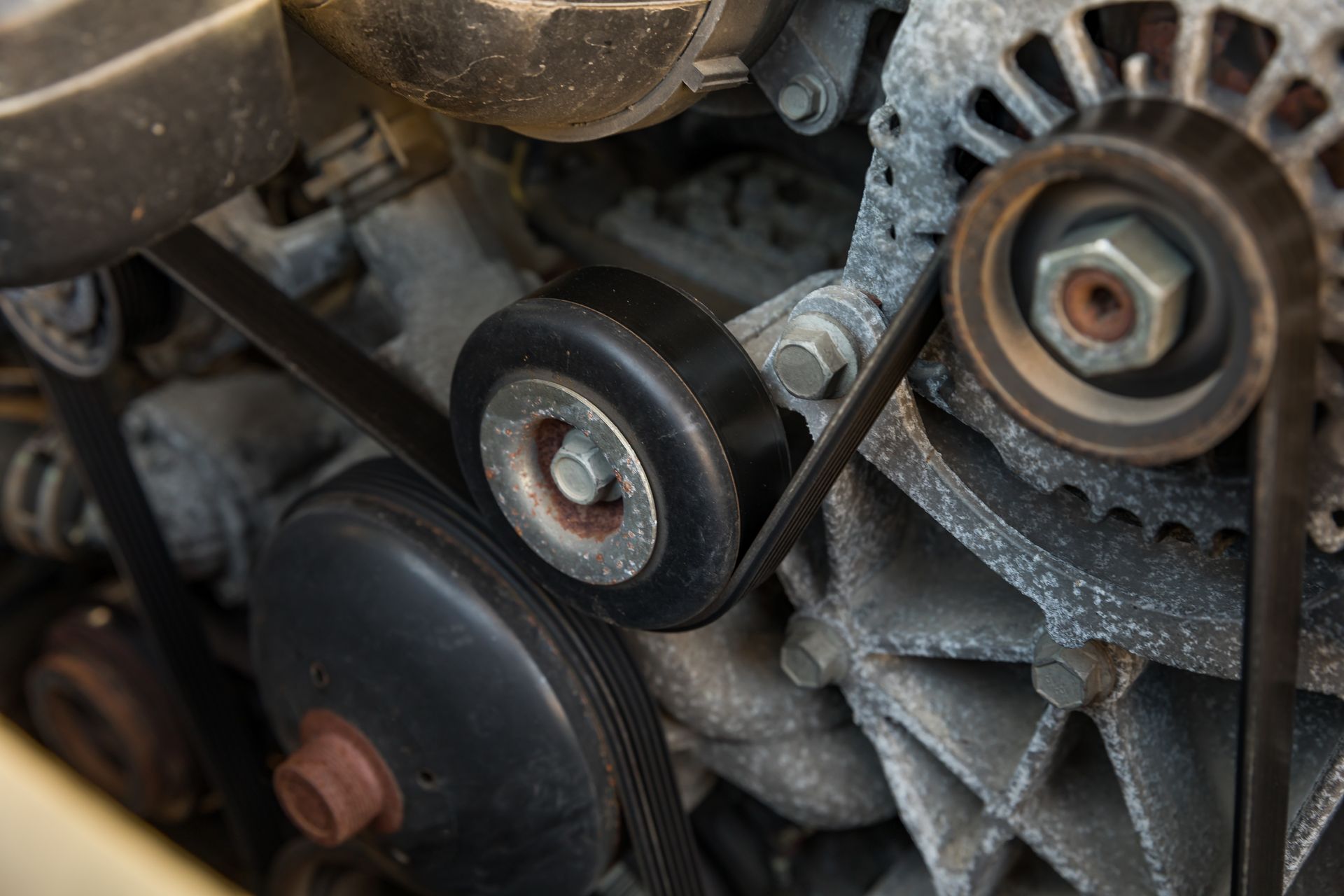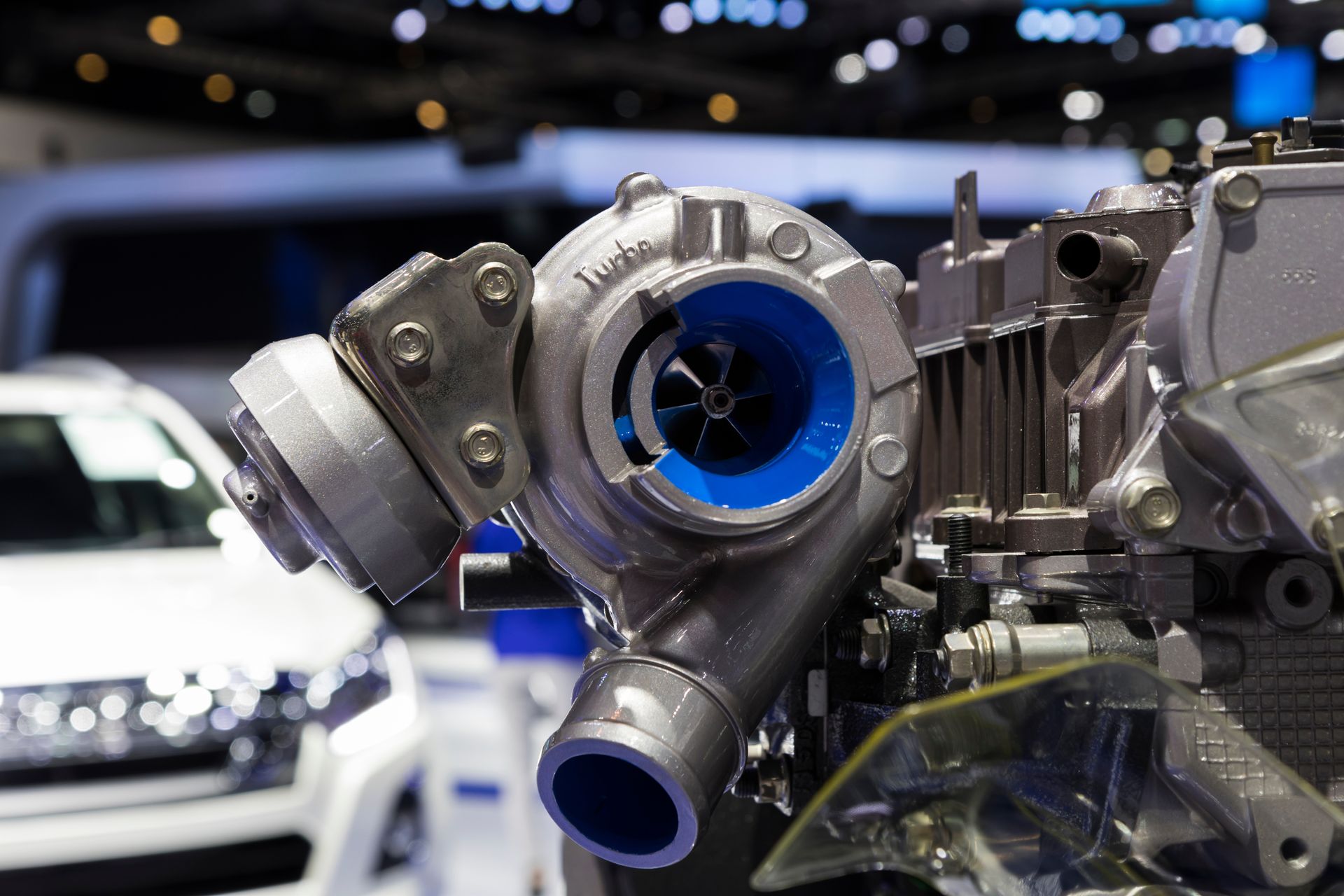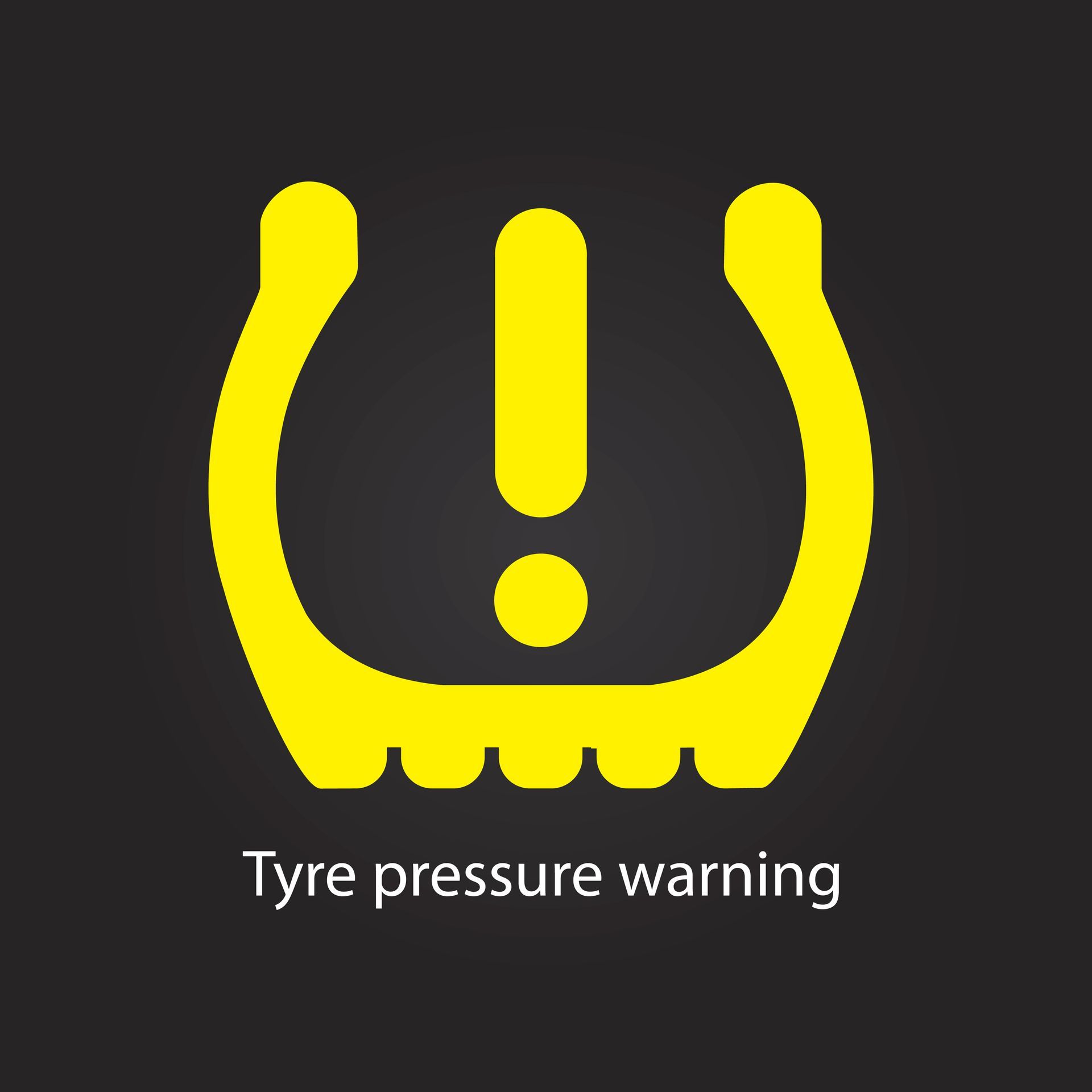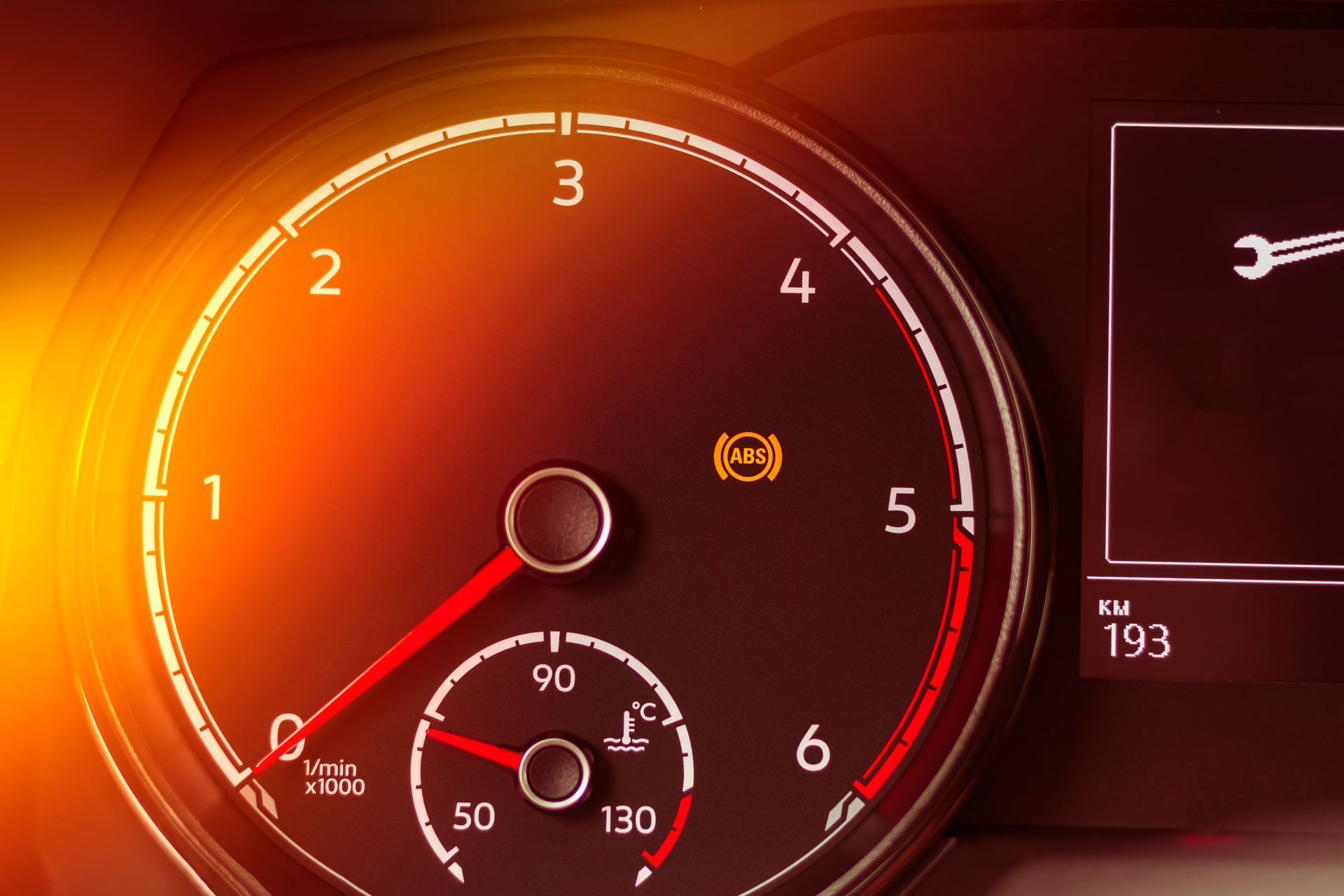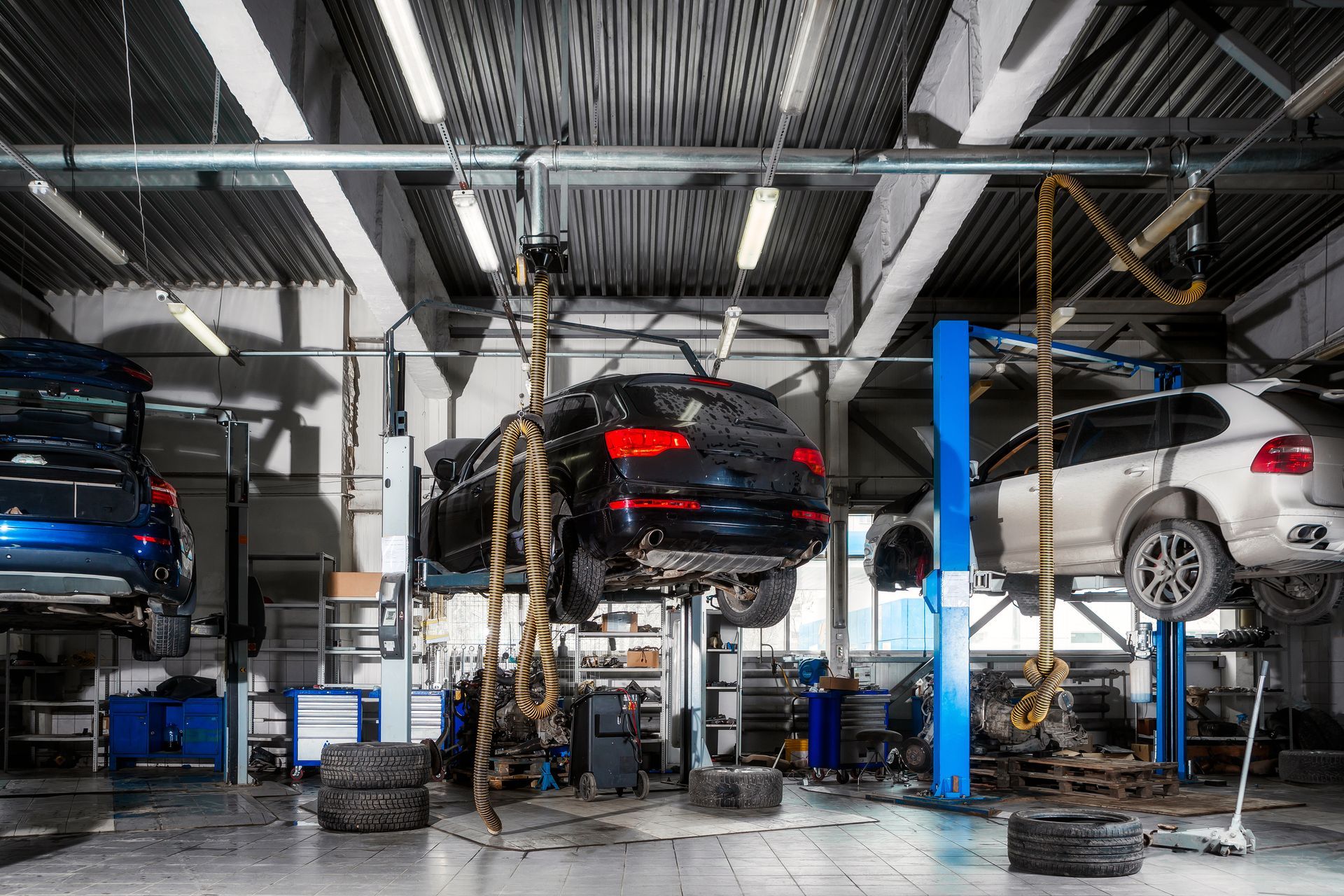The serpentine belt in your BMW may not be the first thing you think of when it comes to maintenance, but it plays a crucial role in your engine’s daily operation. This single belt powers essential components such as the alternator, power steering pump, air conditioning compressor, and sometimes even the water pump. If it fails, you could lose multiple systems at once, leaving you stranded or facing costly repairs.
BMWs are precision-engineered vehicles, and the health of the serpentine belt is vital to keeping everything running smoothly.
Typical Lifespan of a Serpentine Belt
On most BMW models, the serpentine belt is designed to last between 60,000 and 100,000 miles, depending on driving conditions and climate. Some newer models may have belts made from longer-lasting materials, but even those are not immune to wear.
Because the belt is made of reinforced rubber, it eventually degrades due to heat, tension, and exposure to engine oil or coolant leaks. Cracking, fraying, or glazing on the belt surface are all signs that replacement is due, even if the mileage seems low.
Symptoms of a Worn or Failing Belt
If you’re approaching the recommended mileage interval or notice any of these symptoms, it’s time to have your serpentine belt inspected:
Squealing or chirping sounds from the engine, especially during startup or acceleration
- A loss of power steering assist, making the wheel harder to turn
- Dimming lights or a dead battery due to alternator failure
- An overheating engine caused by the water pump not circulating coolant
- Visible signs of wear on the belt, including cracks, missing ribs, or a shiny surface
These signs may appear gradually, but a belt can also fail suddenly without much warning, particularly in high heat or if it’s already weakened.
Why BMWs Need Special Attention
BMW engines are tightly packaged and often require more effort to access certain components. In some cases, replacing a serpentine belt also means inspecting or replacing idler pulleys, tensioners, or even timing-related components if they share space in the engine bay.
Because BMW engines are engineered for specific belt paths and tensions, it’s important to use the correct OEM or equivalent part during replacement. A poorly fitted belt or incorrect routing can affect multiple systems, resulting in squeaks and belt slippage.
Don’t Forget the Tensioner and Pulleys
The serpentine belt works in tandem with the belt tensioner and idler pulleys, which help keep the belt tight and aligned as it runs over various accessory components. If these parts wear out, they can cause belt misalignment, leading to premature wear or belt failure.
When replacing the belt, it’s often wise to inspect or replace the tensioner and pulleys at the same time. If the tensioner spring weakens or a pulley bearing seizes, the belt won’t stay in proper alignment.
Preventive Maintenance Saves Time and Money
It’s far better to replace a worn serpentine belt during a scheduled maintenance visit than to deal with the fallout of a roadside breakdown. When the belt breaks, your BMW could immediately lose power steering, battery charging ability, and engine cooling—all at once.
In addition to the inconvenience, a failed belt can whip around in the engine bay and damage nearby components. That kind of secondary damage can increase repair costs significantly.
Schedule a Serpentine Belt Inspection With DAS Auto Werks in Tampa, FL
Whether your BMW is due for routine service or showing signs of belt wear, it’s worth checking the serpentine belt as part of your maintenance plan. Addressing this small but vital component early can save you from major trouble later on.
Call
DAS Auto Werks in Tampa, FL, today to schedule a serpentine belt inspection or replacement. We’ll help keep your BMW running like it should—quiet, smooth, and worry-free.

